“The characterization of caste as division of labourers does not fully explain the discriminatory and unpaid labour of untouchables and artisan castes in the process of production.”
— Dr. K.S. Chalam, Political Economy of Caste in India (SAGE; 2020)
Dr. K.S. Chalam (KSC) is one of India’s foremost scholars of political economy, with sub-disciplinary interests spanning public economics, the economics of education, and Dravidian studies. A former member of the Union Public Service Commission and a recipient of the UGC’s Young Social Scientist Award in Economics in 1984, Dr. Chalam’s work across over 22 books in English alone focuses on the intersections of caste with India’s political economy.
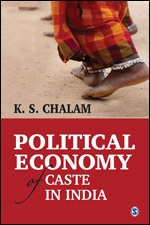
Currently the Chairman at the Institute for Economic and Social Justice, Dr. Chalam’s latest book, Political Economy of Caste in India seeks to interrogate the building blocks of Indian society, not just through the lenses of caste groups, but through the value of the individual labour produced by them. Premised on the Marxist framework of the ‘Mode of Production’, Dr. Chalam carefully details the extent of the socioeconomic oppression of certain castes in independent India, especially as a result of an ‘impartial’ invisible hand post-1991.
In this interview with The Bastion’s Aarathi Ganesan (AG), Dr. Chalam etches out how the political economy of marginalisation manifests, and in the process, ultimately raises questions on our parameters of ‘successful development’ and ‘economic progress’.
AG: How would you define the Marxist concept of the Mode of Production (MOP)? When it comes to India, why do you seek to situate the MOP within the context of caste? What can such a reading tell us about our society and how it ‘develops’ (or doesn’t)?
KSC: For Marxist scholars, the Mode of Production (MOP) is fundamental to understanding the dynamics of production and thus society. I specifically use the Asiatic Mode of Production, to understand the political and economic underpinnings of Indian society. There are some scholars who say that the MOP theory is no longer relevant to the Marxist canon. But for me, it’s still very important.
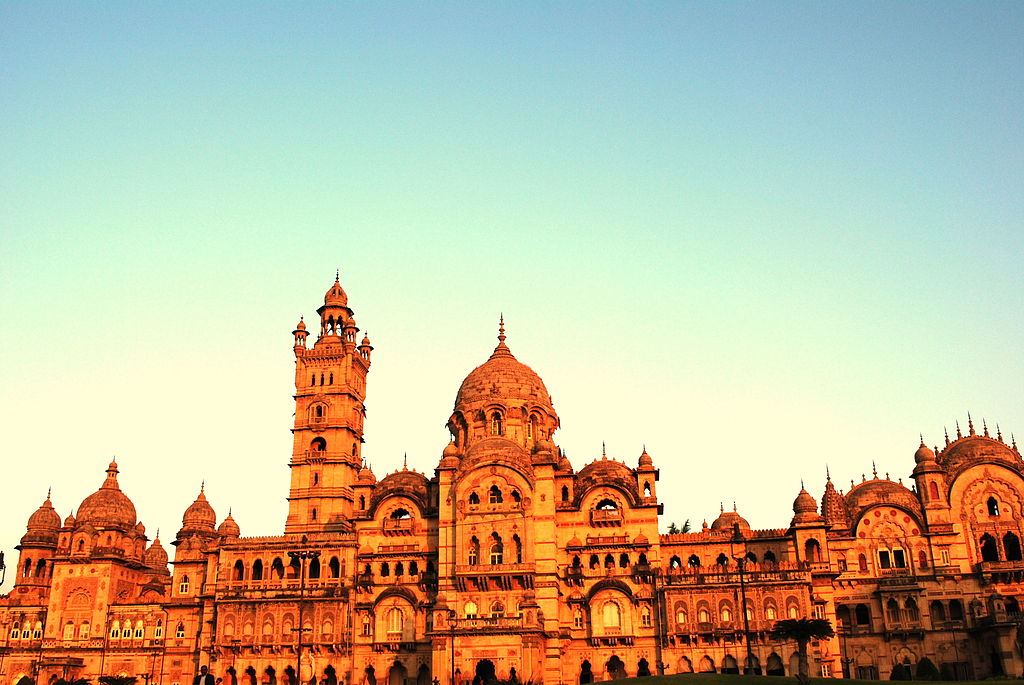
The MOP can be mainly understood through three concepts: the forces of production, the means of production, the relations of production. Using these concepts helps us answer an important question: how do these factors interact in the production of a commodity? For example, using the means of production, how do people enter into certain sets of labour relations? What are the characteristics of those relations? What can they tell us about a society?
There are some commonalities in these answers: you have the owners of the means of production, and then the remaining others. The owners–who control resources and hence are powerful–shift from society to society, depending on the MOP. In the capitalist system, it is the capitalist that owns the capital and thus wields economic power. In the feudal system, it is the state. So, in our Indian social context, who are the owners of production?
We have tried using all kinds of methodologies to examine Indian society: class, particularly. Yet, how can we use class alone as a category to explain production relations? Taking income as an identifier to understand a particular group doesn’t give you the full picture of that group: because when you talk about class in India, the caste characteristics come in too. It boils down to the fact that in India, powerful caste groups on top of the caste hierarchy own the means of production, and exercise economic control over the groups below them–the Dalits, Scheduled Castes (SC), Scheduled Tribes (STs), and Other Backward Classes (OBCs)–accordingly.
So, if we want to understand how Indian society has developed, we need to understand how these factors interact to produce different kinds of labour, value, and economic benefits.
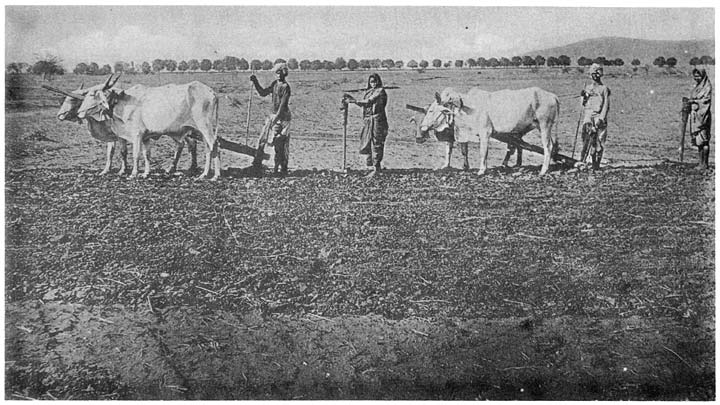
AG: In your book, you note that Marx’s Asiatic Mode of Production views Indian society as unchanging, by virtue of the strict social hierarchy of caste, the communal ownership of property, and the heavy penetration of the state. This ‘Western’ reading of India/the ‘East’ as ‘unchanging’ or ‘despotic’ in its social relations was heavily critiqued by Edward Said in the 1970s. Do such critiques of Orientalism challenge the relevance of using frameworks like the MOP?
KSC: I am not an Indologist, I am a political economist, a social economist. So the cultural criticisms put forth by the likes of Said are not really of use for my work.
That being said, what the likes of Said do not acknowledge is that there are two parallel systems of Hindu thought in India. Yes, we have Brahminical Hinduism that interacted with colonial thought, which is perhaps he is familiar with and grounds his work in. But, we also have a second strand of Bahujan Hinduism too, which runs in parallel to the ‘mainstream’, and is rarely considered as important as the other strand. That’s not to say Said doesn’t know about Palestine, the Middle East, or the colonial past. But this oversight may make his theories on how the ‘East in general’ was viewed slightly skewed.
Coming back to the argument that the MOP may be outdated: we shouldn’t conflate ‘unchanging’ with ‘stagnation’, as they’re not the same, especially in the case of caste. For example, if a caste group moves from one part of the country to the other, the same social relations–defined by the economic and political value of caste labour–will more often than not be present in that area, and will affect that group in the same way. That is not stagnation–that is the unchanging nature of caste across time and space.
This feature + Historically, permanent migrations out of the villages to the cities have been dominated by the ‘General’ category=> Urbanization rates among General category, therefore, nearly double that of OBC, SC [Urban definition matters for this number but not ranking].
— Chinmay Tumbe (@ChinmayTumbe) August 21, 2020
However, when this phenomenon repeats itself across different areas, that can cause stagnation in the overall development of the Indian economy and the labour relations that define it. Marx took the example of a carpenter to explain this in the Indian context. He said that like a snail, the lower-caste carpenter cannot separate their body from the shell of their caste. Because they cannot easily shed that shell, they are unable to accumulate resources and labour-value the way dwijas do–leading to their economic marginalisation. This is the case in India too. So, I don’t think the relevance of the framework is challenged in light of those specific critiques. [Editor’s note: Dvija is the Sanskrit term for twice-born, and refers to those belonging to the upper castes of the caste hierarchy–the Brahmins, the Kshatriyas, and the Vaishyas.]
AG: How does the economic concentration of power with respect to caste reinforce inequality? How does viewing caste through an economic lens change our understanding of its violence?
KSC: There’s no doubt that caste discrimination is a form of social discrimination. But there is an economic basis to all this too–and to answer your previous question too, that is why the MOP is relevant and I specifically use the caste MOP in this book. This is because in a casteist society, the value of one’s labour–which contributes to the production of a commodity or service–is intrinsically linked to their caste identity. This economic determinism doesn’t just form the superstructure of our society, though: in reality, it forms the base of how we operate. There is a clear need to highlight the economic strength and value of caste, how it is a profitable system of discrimination for some to maintain.
The evidence for this is fairly obvious. Why is it that the dwija castes hold a disproportionate amount of the country’s resources and income? It is because the caste of the producer is linked to the value assigned to the final commodity. Even if the same commodity is produced by different caste groups, even then you will see subtle discrimination in terms of the value assigned to the different final versions of the product based on caste. All of this stems from layers and layers of discrimination against the lower caste individual, whether in the labour, capital, or land markets–which ultimately forces them into a weaker economic position. As a result of this subjugation, the upper castes stay on top.
So, in that sense, caste violence can also be interpreted as a way to continuously force people to supply their labour for a lower price, or for free. If they expect more than that, that is if they try to secure the means of production for themselves: they will be met with violence and resistance from those in control. For example, in erstwhile undivided Andhra Pradesh, lakhs of hectares of land were redistributed to the lower castes. Yet now, if you look at the state, most lower castes and Dalits are dispossessed of their land. By and large, who occupies it all now? The upper castes of the state. An attempt to shift the status quo of the caste hierarchy was fiercely resisted in this case.
There are even more recent examples: take the case of the migrant labourers who walked home during COVID-19. In spite of the services they provide, the value assigned to their work–a result of their caste position–made them dispensable overnight. The answers are in plain sight.
In May alone govt’s own data on migrant deaths in Shramik Trains said at least 80 people died in just 27 days: https://t.co/Hwhc4FgFih
— Anisha Dutta (@A2D2_) September 14, 2020
AG: In your book, you note how Independent India’s economic system fundamentally changed in 1991, under former Prime Minister Narasimha Rao’s New Economic Policy (NEP). However, in spite of all the more-talked about successes of the reforms, you allude to a more ignored aspect of India’s liberalisation: that “the forces of production in such a system continue to be Dalit labour power that is ranked zero.” What are the reasons for this, and what implications do they have on our readings of the country’s ‘development’?
KSC: As I’ve said earlier, the social conditions of who eventually benefited from India’s reforms in 1991 were laid much before P.V. Narasimha Rao entered the Prime Minister’s office. In that light, the New Economic Policy could not change the conditions of work for people from Scheduled Castes, Scheduled Tribes, and Other Backward Classes.
Before Rao came in, we had the License Permit Raj, where a few powerful businesses and bureaucrats who owned the means of production shaped Indian industries and commerce. Liberalisation was supposed to change that. But really, what’s so different now? Instead of a few companies or power brokers controlling resources, we have many more, whose growth and leadership are also defined by caste. Take the big tech companies which are run by Indians and have a strong presence in India–forget SC or ST, how many of those leaders are even OBC? How are none of these communities visible in India’s lists of post-liberalisation billionaires?
Perhaps this is also because the reforms brought about the privatization of specific public sector industries. When they were public sector undertakings, lower castes had access to them: they could gain employment in them through affirmative action policies, and access opportunities at an equal level. Now, those sectors are disappearing, and with them, entry opportunities for marginalised groups into these sectors are too. Neoclassical economists used to critique the value of the public sector, they wanted regulation-free industry and commerce. Now that these desired changes have been brought about, they seem to have nothing left to talk about!
So, in essence, there has been no real fundamental shift or change for the better. The people who were economically marginalised earlier, they are doubly marginalised now as a result of liberalisation. The New Economic Policy has its own effects, but it is also a smokescreen: it obscures the fact that the success of liberalisation rests on the shoulders of an unchanging caste hierarchy, where some groups benefited, and the bottom-most were still kept out. It only strengthened caste systems.
Therefore, the NEP did not change much about the base of the country–it just changed the superstructure, perhaps. The base, where the lower half of the caste chain experience acute marginalisation, is very much alive.
AG: At a political level, how should such socio-economic caste-based exclusion and violence be challenged in India amidst an onslaught of majoritarianism, crony capitalism, and an increasingly deep state?
KSC: I do not believe that we live in just a capitalist state, or just a democratic state. We live in a caste-capitalist state. The state runs for the sake of a few powerful groups. And yet, we are all guaranteed our rights to life, liberty, equity, justice, and dignity by the same state!
Given the repressive nature of the state today, nothing can be taken for granted. The dispossessed need to collectivise, to ask for and assert the rights which they are entitled to. We are humans, so why are we being stripped of the rights intrinsic to our identities?
However, to collectively ask for something, we need to clearly understand how caste manifests in India today, and who the victims of economic dispossession are. Many of the Marxist terms used to describe economic relations, such as ‘class’ or ‘capitalist society’ simply do not fit in with the Indian context–the Marxist definition of a ‘worker’ cannot adequately describe the lives and experiences of a Dalit or an Adivasi.
‘Dalit employees are dealing with upper caste networks that operate across companies and share information with each other… These networks form a virtual noose around Dalits, throttling their potential to rise in their careers’ – Thenmozhi Soundarajan, @EqualityLabs https://t.co/PTDcqR436J
— Rajni George (@RajniGeorge) July 9, 2020
In my latest book Victims of the World Unite, I describe the various kinds of oppressed communities in India. However, these oppressed groups similarly exist across the world–whether it is the indigenous communities of the Amazon, or the African American population in the US. At an international level, there is an opportunity to unite all the uniquely dispossessed victims of a capitalist system–which includes those dispossessed by caste. Creating an international consciousness on the scale and diversity of this oppression in India and otherwise, and working towards realising human rights collectively is an ideal direction, and perhaps is perhaps a core concept underlying this book too.
Views expressed are personal.


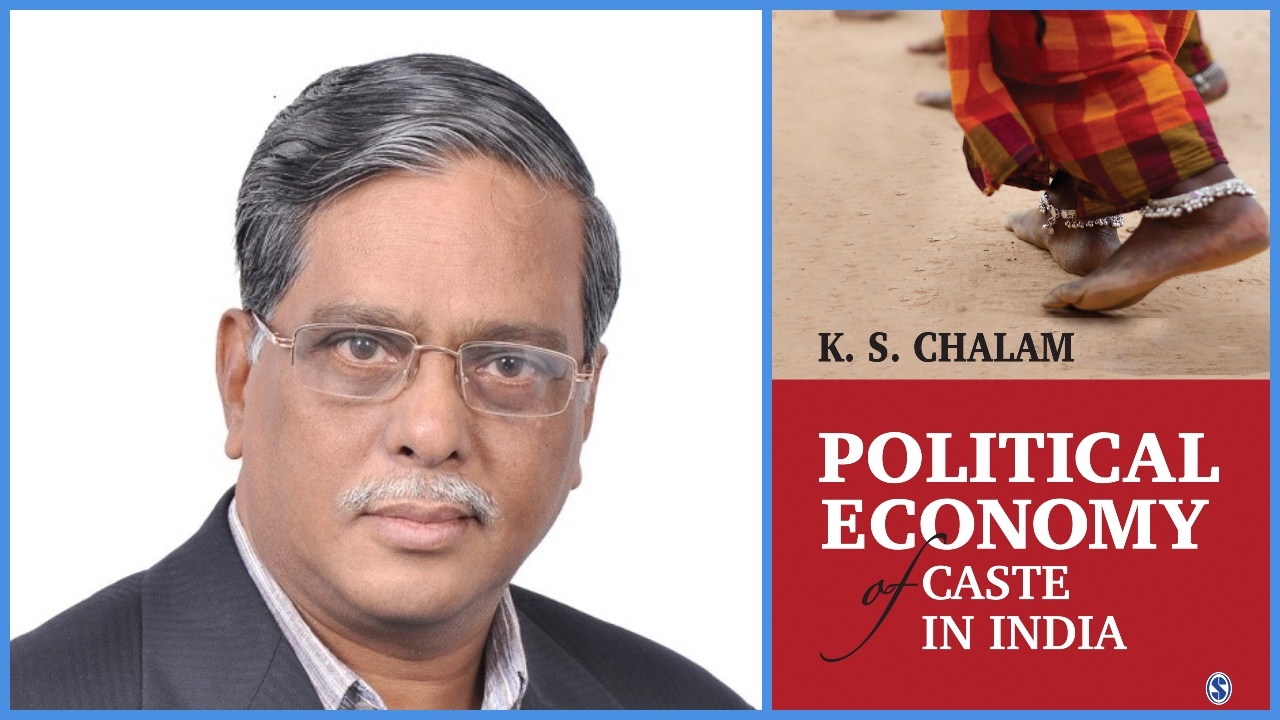


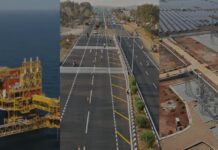

[…] You May Also Like: Dr. K.S. Chalam on the Political Economy of Caste in India […]
[…] You May Also Like: Dr. K.S. Chalam on the Political Economy of Caste in India […]
Caste is a primordial version of class. India’s caste system represents how social class was predetermined by birth though the caste system. While Indian sociologists have not yet graduated from their preoccupation (with ‘caste’) political economist are beginning to see the reality. Marxist reference to Asiatic Mode of Production simply implied level of industrialization.